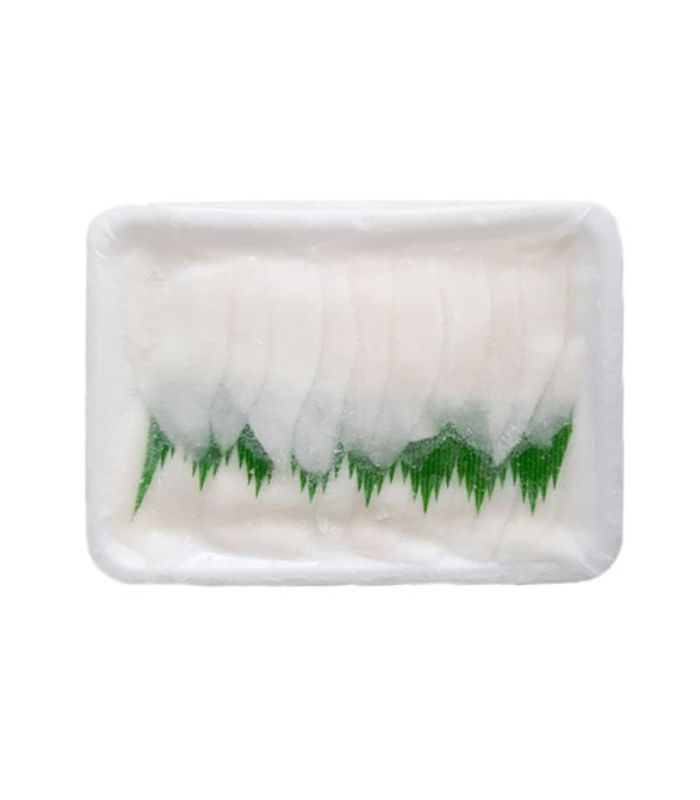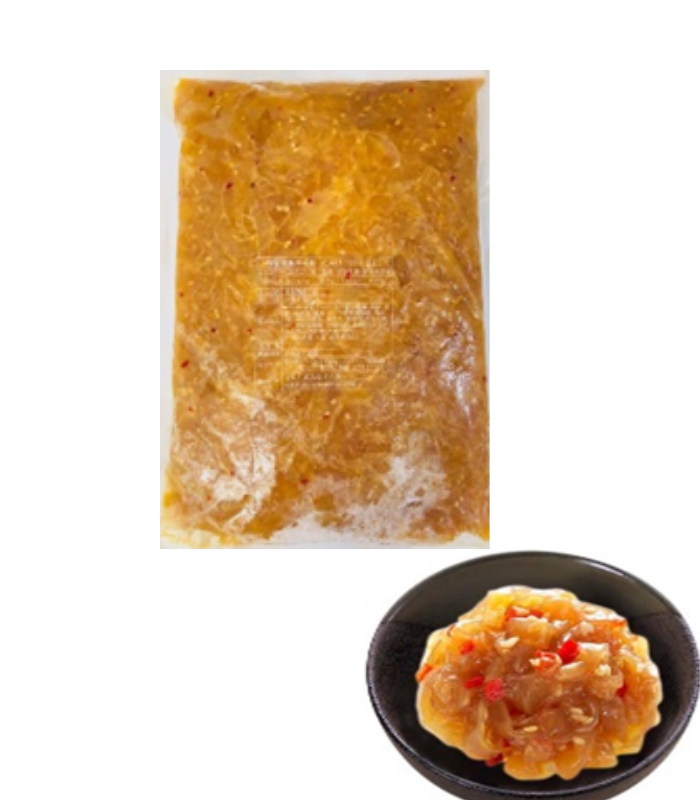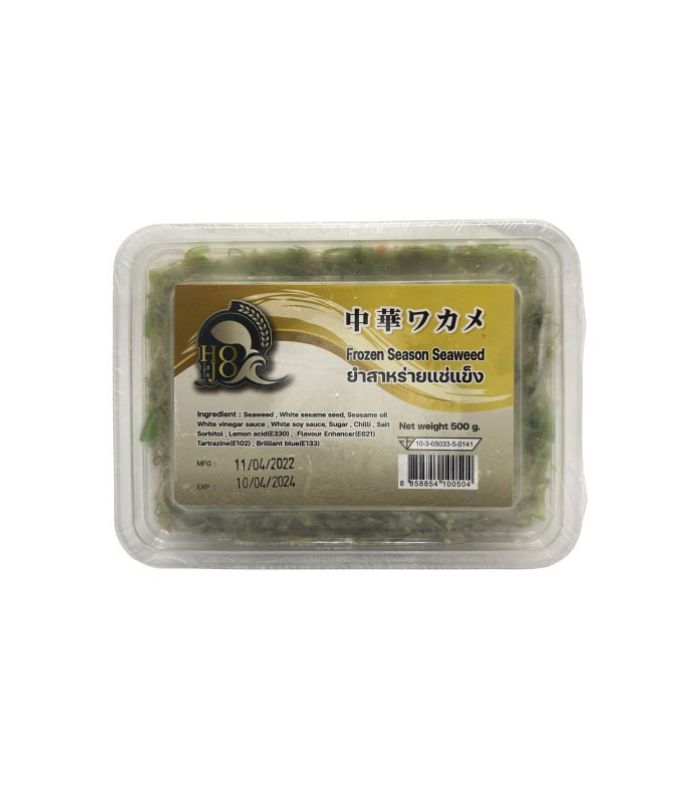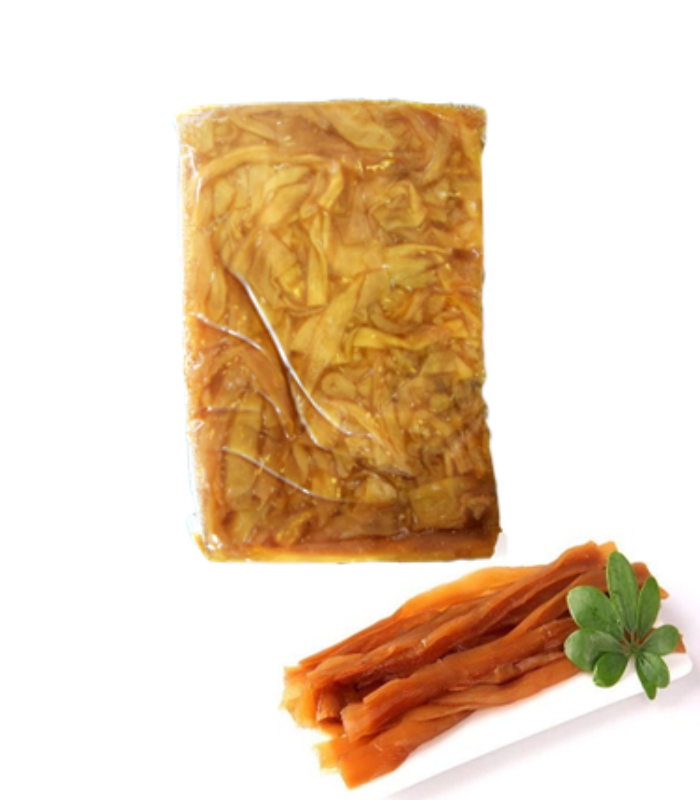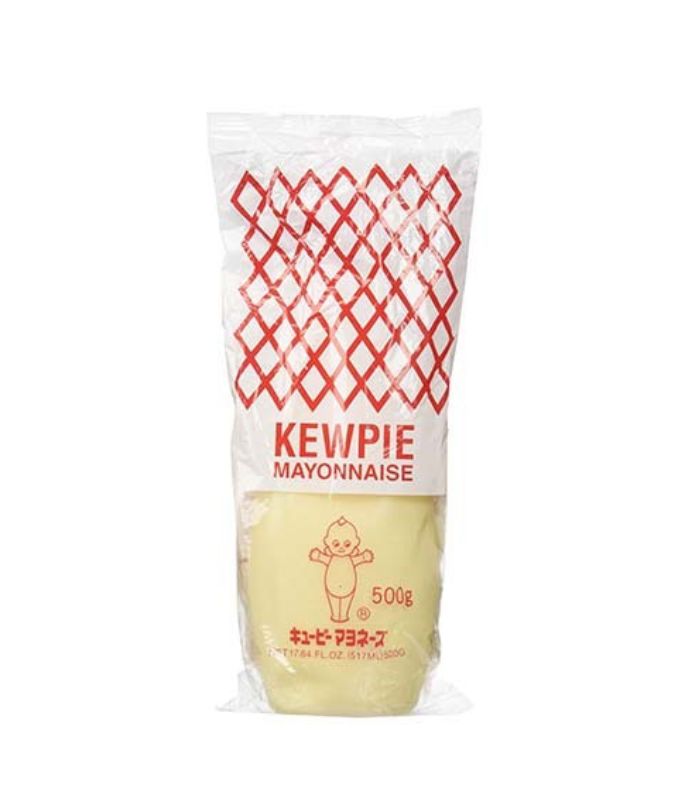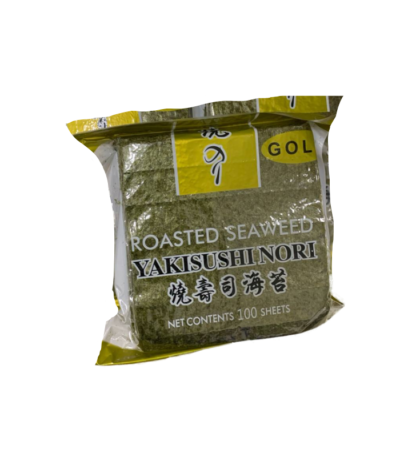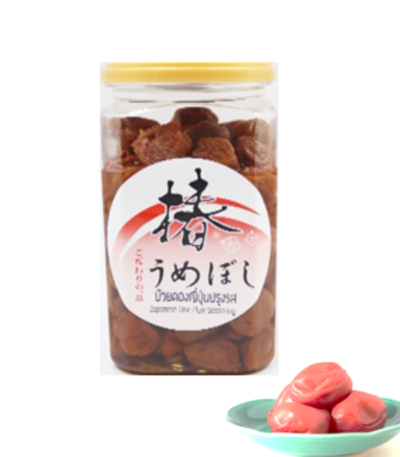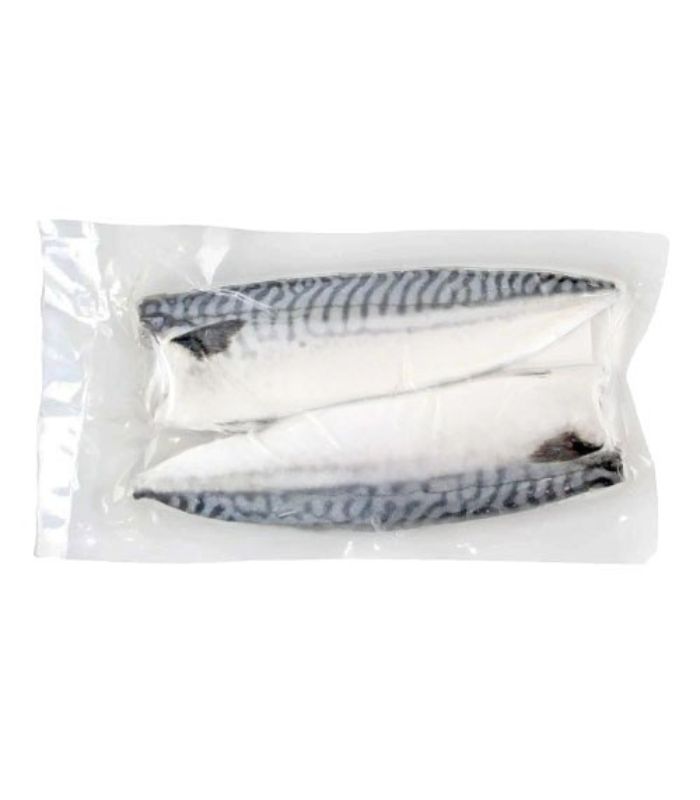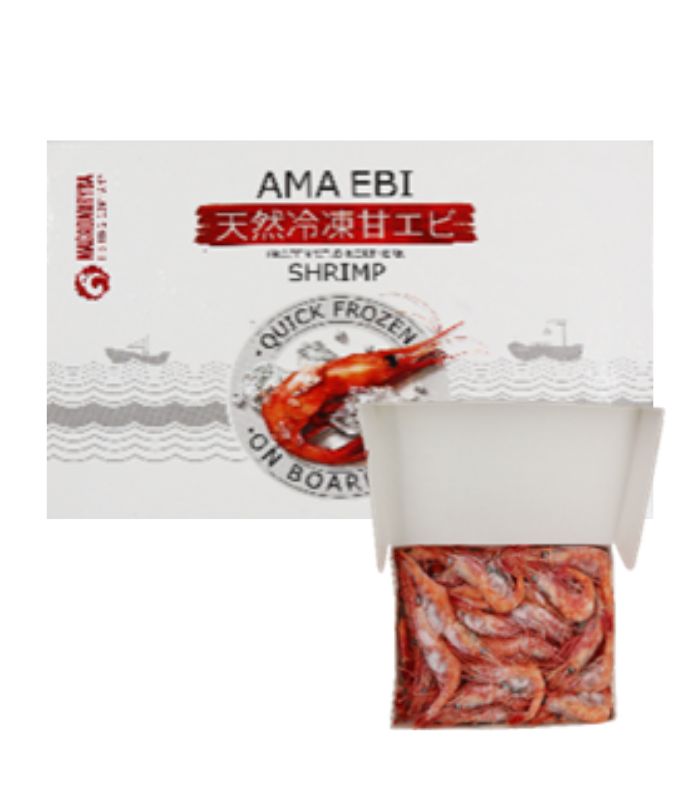Menu
Seafood
Seafood
Frozen Bigfin Reef Squid Slice
6,50$200gFrozen Bigfin Reef Squid Slice has tender and flavorful meat that will leave your taste buds craving for more. The squid slices are carefully selected from the highest quality Bigfin Reef Squid that is found in the pristine waters of the Pacific Ocean. When you taste the Frozen Bigfin Reef Squid Slice, you will immediately notice its sweet and delicate flavor that is characteristic of the Bigfin Reef Squid. Not only is the Frozen Bigfin Reef Squid Slice delicious, but it is also a healthy choice as it is low in fat and high in protein making it an excellent choice for those who are health-conscious.Daily Need
Daily Needs
Frozen Chinese Seaweed
6,70$500gThis seaweed is harvested from the pristine waters of the Pacific Ocean, where it grows abundantly in a natural and sustainable way. The seaweed is carefully selected and processed to ensure its quality, taste, and nutritional value. When you taste Frozen Chinese Seaweed, you will immediately notice its unique taste and texture. The seaweed has a slightly salty and umami flavor that is characteristic of Chinese cuisine. Its texture is soft and chewy. Frozen Chinese Seaweed is a delicious and nutritious ingredient that is perfect for adding a unique flavor and texture to your favorite dishes. Its rich nutritional value, combined with its versatility and unique taste, make it a perfect choice for those who are looking for a healthy and flavorful meal Header menu Beverages
Header menu Beverages
Seafood
Kurokirishima Shochu Imo
14,00$ – 27,00$Select options This product has multiple variants. The options may be chosen on the product pageNakata Apple And Prune Liquor
15,00$500mlJapanese apple juice and Nakata’s matured umeshu made from tree-ripened Nanko-ume—a wonderful combination! Apple ingredients: Apple juice (Japan), Ume (Wakayama), Alcohol, Sugar, Acidulant, Vitamin C (as preservative) Very fruity plum wine containing 30% fruit juice. The alcohol content is 8%, making it easy for women to drink, and it can be mixed with water or soda, or drunk on its own. There is some fine pulp that settles at the bottom of the bottle, so it is best to tilt the bottle up and down to make sure it is well even before drinking. Its mild taste and smooth, soft sweetness make it a popular product among men and women of all ages in Japan. Repeat customers say, "It tastes great even if you are not a drinker!" and "This plum wine feels like eating a fruit dessert." Currently, in addition to apples, a wide variety of fruits are offered, including peaches, bananas, and mangoesNakata Kishu Nanko Ripe plum wine barrel
148,00$720mlNamitaka Plum is a superior breed that represents Wakayama, the country of origin of plum. The Nanko Plum is fully ripened on the tree, emits a sweet and fruity aroma and produces a very flavorful fruit. The ripe Nanko Plum is immersed in its fruity aroma with high purity spirits and sugar. The plum wine is aged in a storage tank for about 1 year, and then refillable in a oak barrel for an additional 5 year aged sleep. The rich fragrance of the ripe plum is added to the aged scent of oak barrel, and the rich flavor of the unblended liquor, which was born after 5 years aging, is bottled without adding anything. "Kishu Nanka Ripe Plum Wine Barrel Aged for 5 Years" is a very valuable plum liqueur that is limited to 500 pieces. The heavyweight bottle has a classy appearance that is suitable for premium plum lique. Each label is individually numbered and shipped in a Kishu Yakigi Wood Box. This is a masterpiece that is perfect for an anniversary gift or as a gift for a loved one Header menu Ingredients
Header menu Ingredients
Seafood
Karaage Flour
8,50$1KgKaraage powder is a type of seasoning mix used to coat Japanese-style fried chicken known as karaage. The powder is typically made from a blend of wheat flour, cornstarch, and various seasonings such as salt, garlic powder, ginger powder, and pepper. Karaage powder is a popular ingredient in Japanese cuisine, often used in restaurants and homes to make karaage chicken. It is also used to make other fried foods such as shrimp, fish, and vegetables. Overall, karaage powder is a delicious and convenient ingredient that helps to create the crispy and flavorful coating on Japanese-style fried chickenKewpie Mayonnaise
9,50$1Kg“KEWPIE Mayonnaise” is Kewpie’s flagship product, and has been cherished by consumers across Japan since 1925. KEWPIE Mayonnaise is a popular brand of mayonnaise that originated in Japan. It is a creamy, rich, and tangy mayonnaise that is made with high-quality ingredients, such as egg yolks, vinegar, and vegetable oil. The mayonnaise has a distinctive flavor that is often described as being slightly sweet with a hint of umami. In addition to its flavor and texture, KEWPIE Mayonnaise is also a healthier alternative to other types of mayonnaise. It contains less cholesterol and saturated fat than traditional mayonnaise, making it a good option for those who are watching their dietary intakeKewpie Sweet Mayonnaise
8,20$500g“KEWPIE Mayonnaise” is Kewpie’s flagship product, and has been cherished by consumers across Japan since 1925. It goes well with salad, sandwiches, sushi, and much more. Be creative and enjoy fancy dish accompanied by KEWPIE Mayonnaise! KEWPIE Mayonnaise contains 4 egg yolks per 500g. The amino acids yielded from the protein of the egg yolks is a key factor for KEWPIE’s tasty, savory flavor. Unlike most store-bought mayonnaise, there is no sugar in the product; any sweetness comes naturally from the egg yolks and the blend of vinegar, rice, apple cider, red wine, and distilled, which provide both acid and a hint of sweetness that is missing from American mayos that use sugar and white distilled vinegar in

